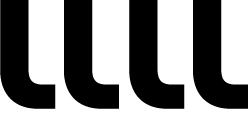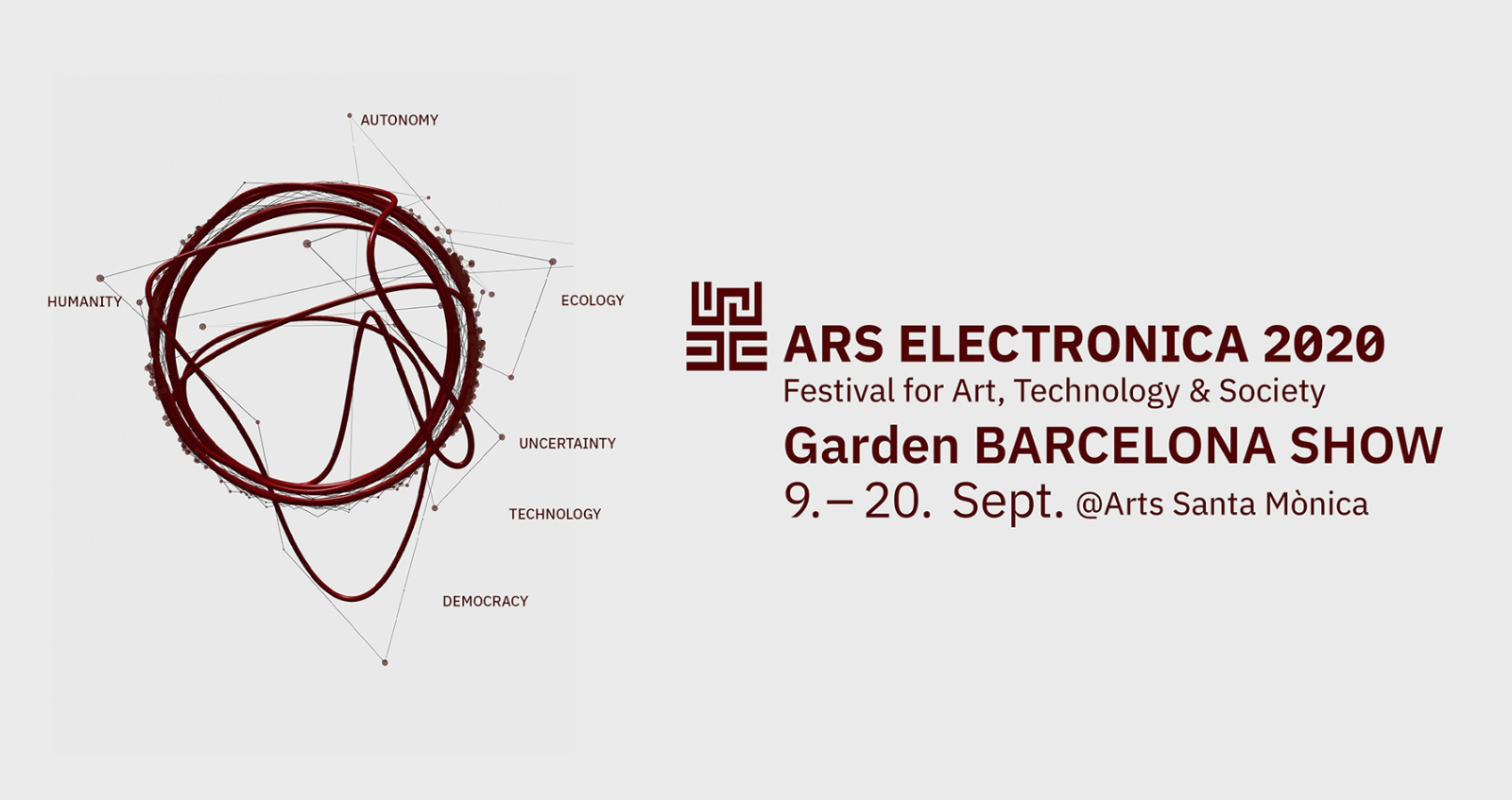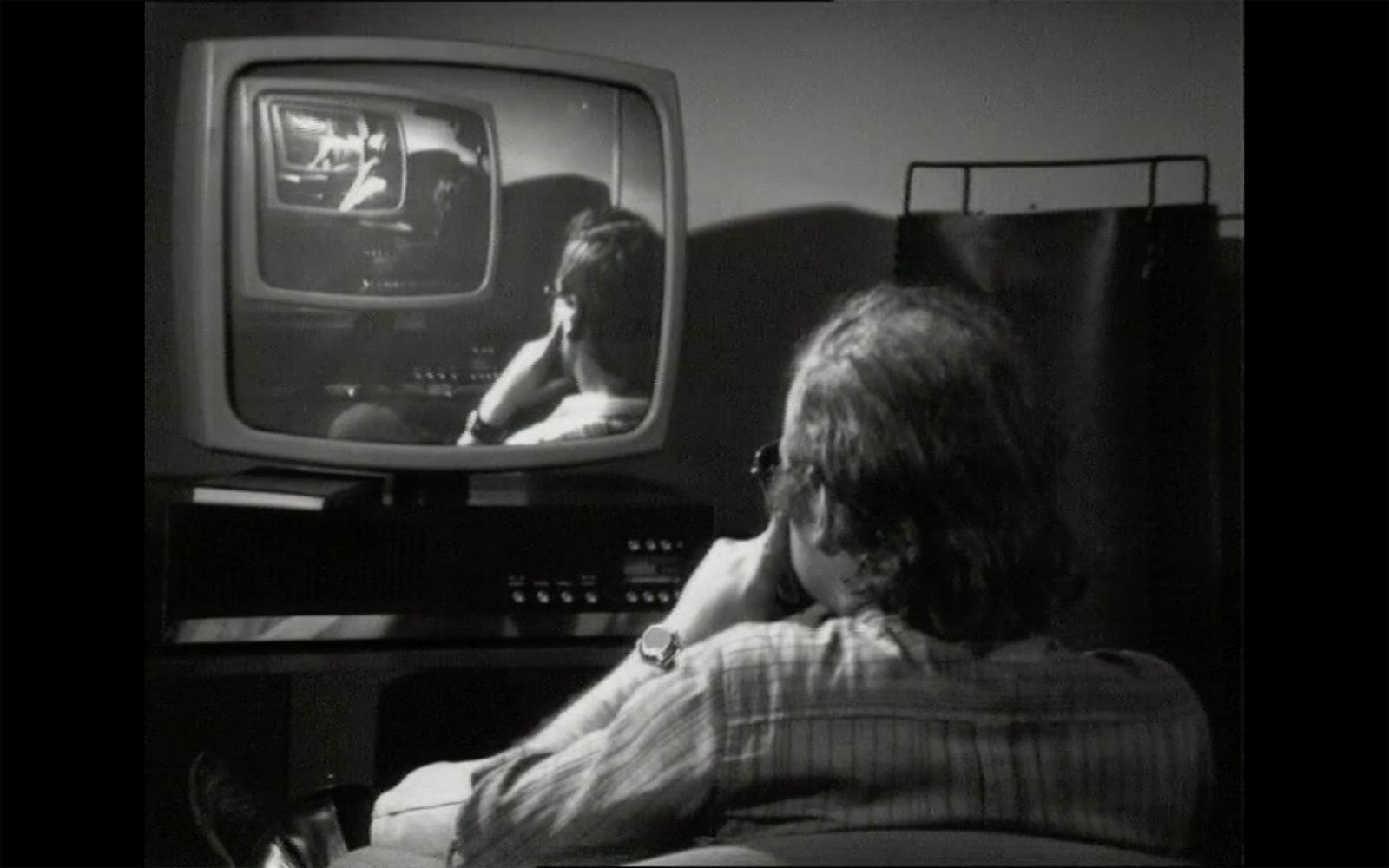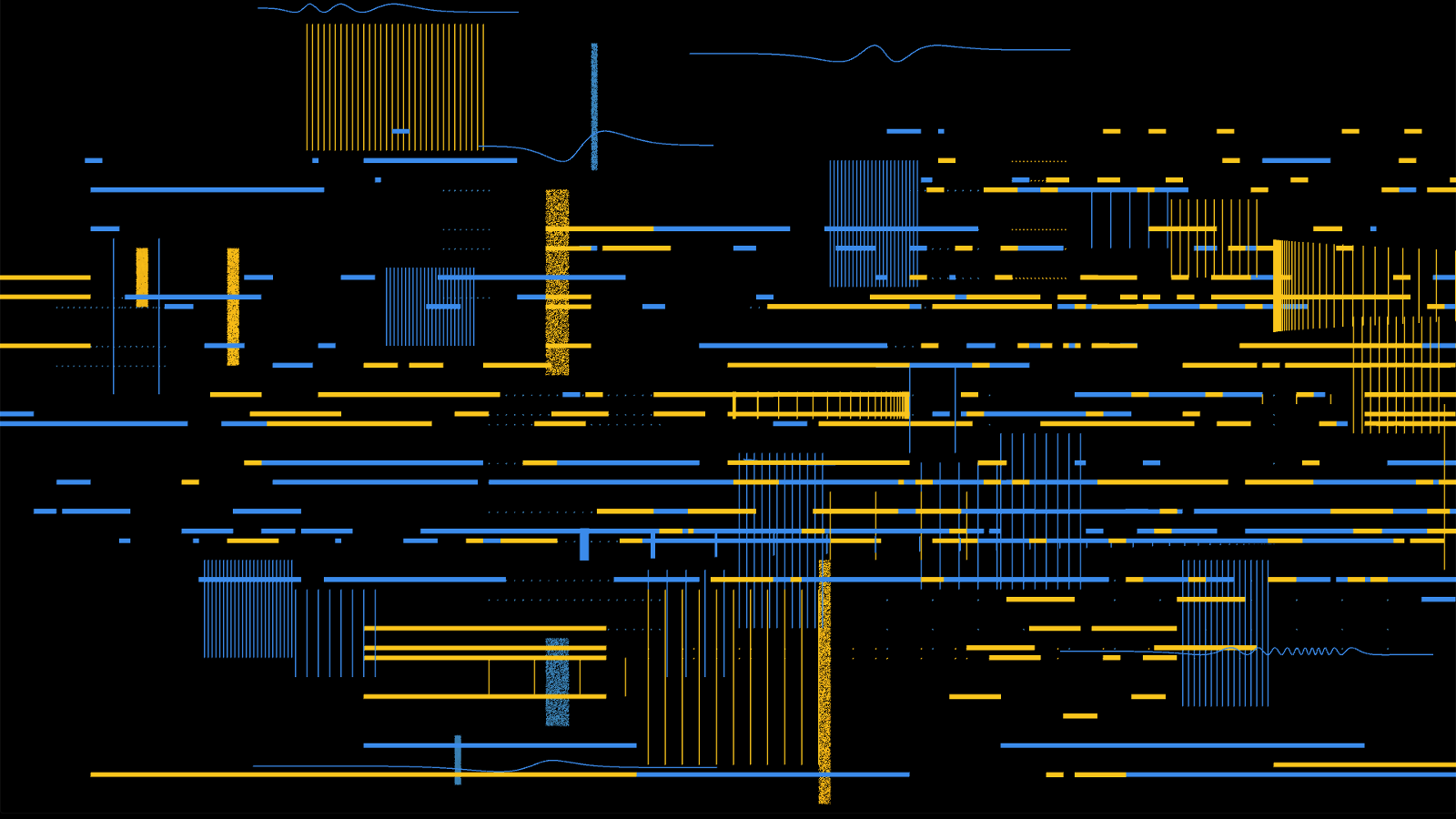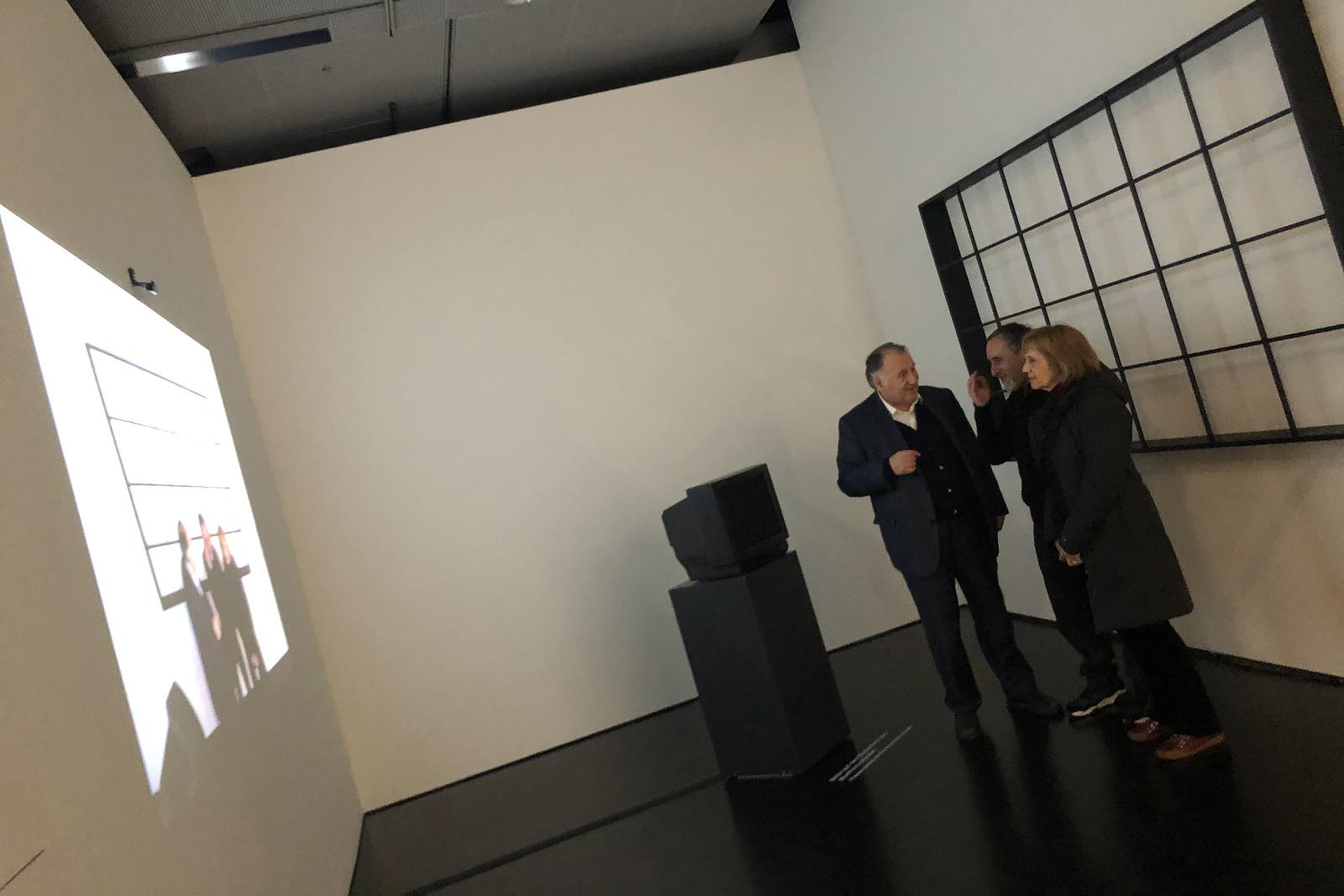ARS ELECTRONICA LANDS IN BARCELONA
The most important festival in the world dedicated to the interconnections between art, technology and society is adapting its format to the worldwide health emergency we are experiencing. Ars Electronica is bucking the trend and is not being cancelled or postponed. Instead, it is being transformed, making its unique characteristics – virtuality, ubiquity and community – its strengths.
Its adoption of a de-localised, multi-location format has materialised as 120 ‘gardens’ in cities around the world, which join the main venue of Linz in Austria both physically and virtually. Together, these locations form a cosmogony that articulates a map of art and international creativity relating to technology, science, research and experimentation, as indicated by the title of this 41st edition of the festival: In Kepler’s Gardens. A global journey mapping the ‘new’ world.
ARS ELECTRONICA GARDEN BARCELONA
Barcelona is a pioneer in the field of digital art and the various expressions of contemporary creativity relating to technology and science. Since the late ’90s, the city has been building up a leading, internationally influential electronic and digital artistic scene, which brings together artists, theorists, curators, critics, teachers and researchers.
Following two years of participation in Ars Electronica through the BEEP Collection, the internationally renowned Catalan collection dedicated to electronic and digital art, in this edition, Barcelona is taking part with a proposal that exposes and highlights the multi-faceted, heterogeneous, interconnected nature of its community.
Under the leadership of the Institut Ramon Llull, agents from the artistic, academic and technological spheres have come together to design a programme that reflects the diversity, complexity and richness of the scene in Barcelona and Catalonia and its unique characteristics.
Ars Electronica Garden Barcelona is made up of:
- an exhibition in the Arts Santa Mònica centre
- a series of round tables in Disseny Hub Barcelona
- a workshop and an Algorave in Hangar
- a set of Taxis: audiovisual capsules starring some of Barcelona’s main electronic artists, who, as the name suggests, are tasked with taking the audience to the most significant sites in the city.
The round tables will be in person and broadcast via streaming on the Ars Electronica (https://ars.electronica.art/keplersgardens/en) website.
Conceptual framework
UNCERTAINTY AND ECOLOGY
During this global pandemic, an unprecedented situation for our society, uncertainty and ecology have emerged as two key words for our present and for the 41st edition of the Ars Electronica festival. These terms, interconnected with one another and with the health crisis, have become a sword of Damocles that must guide our future actions.
The Ars Electronica Garden Barcelona aims to shed light on the diverse ways in which the arts, sciences, technology and philosophy deal with contemporary problems, some of which are unprecedented, others recurrent. From the unexpected and the need for change in all aspects of life, with the accidents and catastrophes that make this increasingly urgent, to ecology and the systemic interaction between biotic and abiotic factors, the Barcelona Garden is aimed at all the human and non-human agents that populate and build our environment. The city of Barcelona, as the capital of Catalonia, is presented here through a network of heterogeneous agents made up of individuals, nodes, collectives and centres that link together and with the world.
Exhibition
ARS ELECTRONICA GARDEN BARCELONA SHOW
The Barcelona Garden exhibition can be visited at the Arts Santa Mònica centre for the duration of the festival and will be extended until 20 September, so that it can also be part of the special Sónar +D CCCB event, which will take place at the Barcelona Centre of Contemporary Culture on 18 and 19 September.
The exhibition will present the most recent additions to the BEEP Collection: Das tangible Bild and The Endless Sandwich, both by renowned German artist and theorist Peter Weibel (founder and director of the ZKM Centre for Art and Media in Karlsruhe), and Vestibular_1, by Albert Barqué-Duran and Marc Marcenit, making its début on this occasion. The exhibition will also host three other never-before-seen pieces, produced thanks to grants awarded to Mónica Rikić (New Home of Mind), Roc Parés (Doble Consciència) and Santi Vilanova (Forms – Screen Ensemble). All three projects were selected through a public application process for production and exhibition grants organised by the Institut Ramon Llull, NewArtFoundation and Hangar, in collaboration with the BEEP Collection.
Das Tangible Bild - Peter Weibel - 1991/2019
Is our world merely the product of a technological interface?
In this interactive installation, the visitor is confronted with a grid of Cartesian coordinates. A camera films them and the images are projected onto the opposite wall. When they touch the monitor’s rubber screen, located on a pedestal in the middle of the room, the projected image is distorted. Therefore, the installation allows the visitor to interact, through a three-dimensional touch screen, with their own image.
The Endless Sandwich – Peter Weibel - 1969
Between the TV screen and the viewer, there is a function and an action that allow them to turn the device on and off. The artist has reproduced this function and turned it into the content for a television programme. The screen shows a sequence of viewers sitting in front of their TV screen. The television malfunctions, so the viewer needs to get up to fix it. This repair causes an interruption in the following viewer’s screen, which spreads until reaching the real viewer and TV screen, so that the real viewer has to get up to fix the problem. The piece, created in 1969, brings the concept of time lag to life by linking the real event and the reproduced event.
Vestibular_1 - Albert Barqué-Duran & Marc Marcenit - 2020
This immersive installation invites the public to wander through a representation of the vestibular system, while inducing illusory sensations of self-movement by temporarily interrupting the visitor’s vestibular functions through audio and light stimuli. In normal circumstances, the brain combines sensory signals in the most efficient way possible. However, conflicts can occur when these signals carry contradictory information, like in this case. This piece is based on research by the VeME Lab (Vestibular Multisensory Embodiment) at Royal Holloway University of London.
New Home of Mind – Mónica Rikić - 2020
What happens to self-perception and emotional development in a world governed by a robot god? Through this question, the artist inserts the visitor into an interactive audiovisual artefact, equipped with a navigable virtual space in video game format, which deals with the perception of identity in artificial intelligent entities and puts forward the possibility of a genuine artificial spirituality. Conceptually, the piece speculates on the meaning of artificial consciousness and investigates the idea that a conscious robot could suffer an existential crisis because it rewrote and deleted the purpose for which it was created from its code, causing it to search for the real meaning of its existence through a spiritual interface.
Doble Consciència [Double Consciousness] - Roc Parés - 2020
This interactive audiovisual installation is inspired by the stereoscope, invented by Sir Charles Wheatstone in the first third of the nineteenth century. Paradoxically, while Wheatstone studied how binocular vision enables us to see the world as a single, coherent, three-dimensional image, the artist has experimented with binocular rivalry as a channel for questioning individual subjectivity. Their installation aims to re-educate visual consciousness so that divergent vision gives rise to a double consciousness capable of managing pairs of increasingly different images separately yet simultaneously.
Forms – Screen Ensemble - Santi Vilanova - 2020
It is an algorithmic sound and graphic generation system, inspired by the procedural art of Sol Lewitt or Vera Molnar, the graphic style of Bauhaus and creation through graphic notation, as pioneered by John Cage. In the exhibition, the program takes the shape of an audiovisual installation made up of a set of screens and speakers, inspired by exhibitions of photographs or paintings. In this case, however, the pieces on display are high-resolution digital images. Each screen and its respective speaker represent one of the musical instruments in a quartet, which generates unique audiovisual compositions in real time that will never be repeated.
The exhibition is produced by NewArtFoundation/BEEP Collection, Hangar (Barcelona Centre of Visual Arts Production and Research), the Institut Ramon Llull, Arts Santa Mònica and the Catalan Institute of Cultural Companies (ICEC).
ROUND TABLES
All the round tables will be in person, in English, free of charge (prior registration required) and will take place in Disseny Hub Barcelona. They will also be broadcast via streaming on the Ars Electronica (https://ars.electronica.art/keplersgardens/en) website.
About Bio Sonics Agencies
Wednesday 9 September, 4 p.m.
Brandon LaBelle, author of Sonic Agency, will converse with artists who work with biomaterials, sounds and critical listening with a view to articulating possible alternative relationships between human beings, nature and non-human agents. In Sonic Agency, LaBelle points out the invisible, disruptive, affective qualities of sound and wonders whether or not its invisible nature could support a political transformation. In a world dominated by the visual, could contemporary resistance be sound-based?
Participants: Brandon LaBelle (USA), Robertina Šebjanič (SI), Oscar Martín (ES), Vanessa Lorenzo (ES), moderated by Laura Benítez (ES).
The art and science of the political ecology of disaster
Wednesday 9 September, 6 p.m.
Catastrophes and vulnerability have highlighted the urgent need to act against the consequences of the Anthropocene. At this round table, artists, scientists and theorists will explore some possible futures, based on interactions between biological and ecological systems, as well as with media ecology and in the framework of a relational ecology of practices in which art, science and technology converge.
Participants: Joana Moll (ES), Andy Gracie (UK), Israel Rodríguez (ES), Ingrid Guardiola (ES), Vanina Hofman (AR), moderated by Pau Alsina (ES).
An uncertain yet irresistible revolution
Wednesday 9 September, 8 p.m.
In a technological world in which the present is everlasting and oblivion leads to the next innovation, what we call reality is a myriad of images, data, partial information, flashbacks and promises of freedom floating on magma. This requires us to find new rules, new reading dynamics and new ways of looking via unexpected channels.
Participants: Xavi Cardona/Boldtron (ES), Enric Godes/Vasava (ES), Carla Cascales (ES), moderated by Héctor Ayuso (ES).
Dealing with uncertainty and its discontent
Thursday 10 September, 4 p.m.
We are increasingly used to dealing with events whose outcome is unpredictable. But what does living in a context of extreme uncertainty mean? How can we manage the risk of uncertainty? What have the arts, sciences, technology and philosophy learned from uncertainty and how have they introduced it into their practices? This round table will explore some possible perspectives of this subject in the global context.
Participants: Roc Parés (ES/MX), Marina Garcés (ES), Joan Soler-Adillon (ES), Tere Badia (ES), Pau Waelder (ES), moderated by Pau Alsina (ES).
About code. The uncertainty of meaning and action
Thursday 10 September, 6 p.m.
How does code interfere with the listening process? Code enables the ear to navigate the listening interface, while limiting its sensitive reach. Code crosses the interface, the membrane that separates but also connects, unfurling air vibration – the area for interacting, negotiating and distributing attention and meaning – among the (dis)order of the sounds emitted and heard.
Participants: Lina Bautista (CO), Daniel Moreno Roldán (ES), Agnès Pe (ES), Carolina Jiménez (ES), Angel Faraldo moderated by Lluís Nacenta (ES)
WORKSHOP
Saturday 12 September, 12 p.m.–2 p.m. in Hangar
Free activity (prior registration required)
Press my keys. Hacking digital keyboards
Workshop led by Kenneth Dow, a German artist and resident in Hangar, on how to hack a keyboard to turn it into a sequencer or any other controller for synthesisers. This transformation can take place without the need for a screen: a direct link is created between the keyboard and the sound, directly connected to the ear and the musician’s memory. The workshop will focus on the design of musical interfaces and their implementation in various pieces of hardware. But please note: Computer keyboards are not suitable for this workshop. Instead, you can use digital keyboards, push buttons, doorbells, simple controllers or even toys.
ALGORAVE
Thursday 10 September, 9.30 p.m.–11.30 p.m. in Hangar
Free entry – Limited capacity
The liveliest event of the Barcelona Garden will be the Algorave, a computer music concert programmed in real time by Toplap Barcelona.
The event brings together improvisation and the potential of code in a live programming session that makes reference to the languages and rituals of the dance floor. During the live writing and reading of the code and over the course of the musical improvisation, the audience listens and dances, contributing towards creating a party to remember.
TAXIS
As their name suggests, Taxis are audiovisual capsules available on the Ars Electronica website that take the audience on a virtual tour of the studios of some of the most relevant artists on Barcelona’s electronic and digital scene. The interviews were carried out by Antonia Folguera.
Artists:
Antoni Muntadas
Antoni Abad
Josep Manuel Berenguer
Marcel·lí Antúnez
Eugènia Balcells
Joan Fontcuberta
Mario Santamaría
Alba G. Corral
Playmodes (Eloi Maduell + Santi Vilanova)
300.000 Kms (Mar Santamaria + Pablo Martínez)
